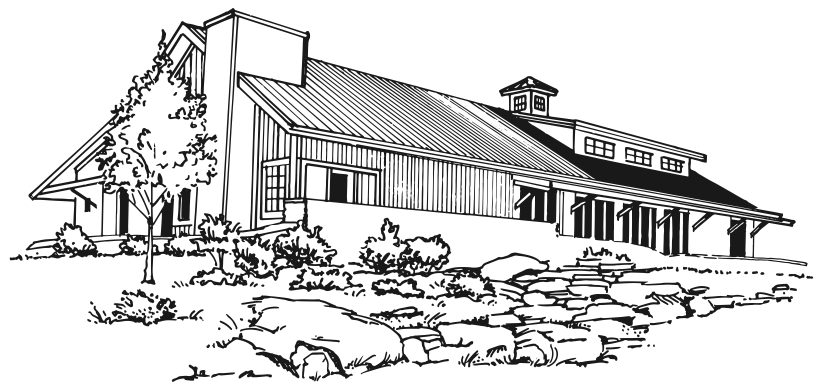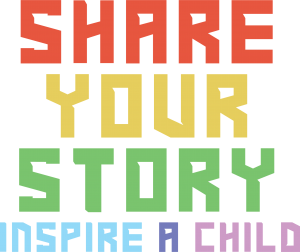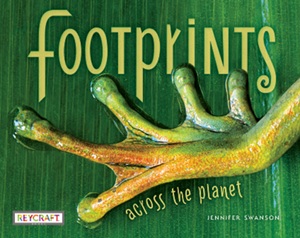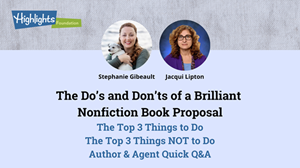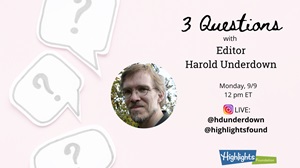Feeling a bit frustrated with writing these days? Having a hard time trying to get your nonfiction book to stand out amongst the pile of submissions?
It’s time to get creative! Amp up your out-of-the-box thinking! Do what all good nonfiction authors do best –RESEARCH!
Nonfiction manuscripts that have a strong hook, a unique take, or an intriguing structure stand a better chance of capturing an editor or agent’s attention. Spending time in the library and/or at in-person or virtual bookstores is a great way to find creative ideas. So dig in and start reviewing.
I’ll get you started. Here are 5 approaches you can take to make your nonfiction stand out, and some books that I’ve found that have some really great ways to engage readers.
1. Discover Intriguing People and Write Their Biography
By Sara Andrea Fajardo
lllustrated by Juana Martinez-Neal
Macmillan Publishers
Such a unique way to tell a story! This book is a biography of agricultural scientist Alberto Salas who is on the hunt to find potatoes. While it sounds like a funny game, discovering different types of potatoes is a very serious process. The lovely illustrations and awesome text take the reader on a really fun journey as they search for potatoes across the world.
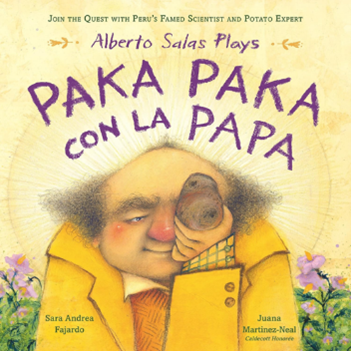
By Anita Yasuda
Illustrated by Yuko Shimizu
Clarion Books
A wonderful story of Junko Tabei, a hugely inspiring woman who desperately wanted to climb the ultimate mountain: Mount Everest. Her many challenges and setbacks are told with beautiful prose and stunning illustrations. Such a fun biography to read!
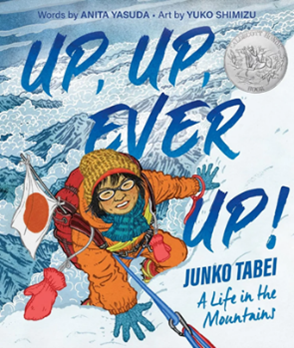
2. Use Mixed Media to Engage Readers
By Cindy Jenson-Elliott
Illustrated by Theo Nicole Lorenz
Lee & Low Books
This biography is much more than just that. It is a story of two scientists and their discovery, but its uniqueness lies in the WAY in which this story is told. The use of photographs, illustrations, and graphic novel-type explanations make this book a really fun way to learn about a complex topic. This is one of my most favorite new STEM books.
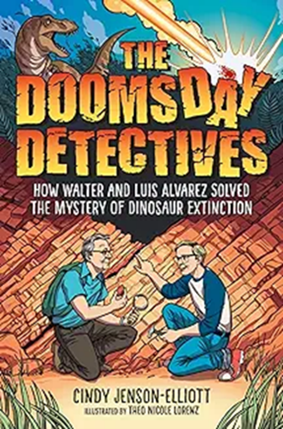
My Antarctica: True Adventures in the Land of Mummified Seals, Space Robots, and So Much More
By G. Neri
Illustrated by Corban Wilkin
Candlewick Press
Totally fun way to engage readers by allowing them to share in the author’s experience of living in Antarctica. Love the awesome mix of photos and illustrations! Lots of humor, too.
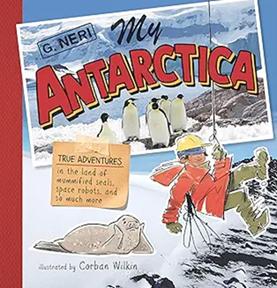
3. Make Complex Topics Simple
From Bam to Burp!: A Carbon Atom’s Never-Ending Journey Through Space and Time and YOU
By Melissa Stewart
Illustrated by Marta Alvarez Miguens
Charlesbridge
This book takes a very complex topic–the carbon cycle–and breaks it down into a wonderfully story that highlights easily recognizable objects for young readers to understand. Brilliant idea, brilliantly executed.
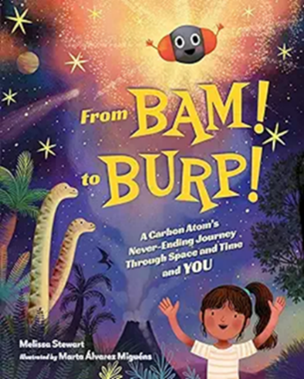
Footprints Across the Planet
By Jennifer Swanson
Reycraft Books
This book is more than just a typical footprint book. Instead, it explores the idea of footprints that not only take you places physically, but also how they can propel you into different paths for your future, take a look at the past, and even inspire you. It asks the very important question, “What imprint will you make on the planet?” Great for discussing big concepts with kids of all ages.
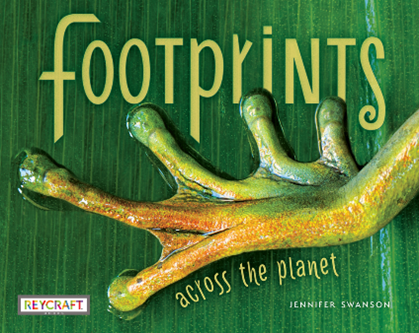
4. View Your Topic Through the Lens of Informational Fiction
Sometimes, by approaching your topic through the lens of informational fiction, you get a bit more latitude with what you’re discussing. Here are a few books that do this very well.
I, Rock: A Geology Tale
By Katie Slivensky
Illustrated by Steph Stilwell
Beach Lane Books
The main character is a rock. Yes, you heard that right. This rock takes the reader on a journey from it “being born” to all of the geologic places it has visited in its extremely lengthy life. It’s totally fun!
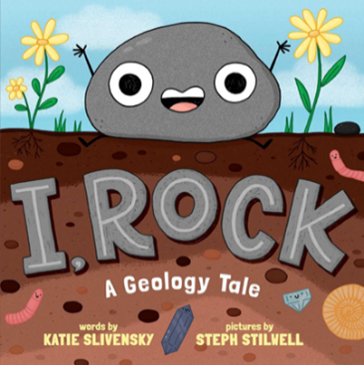
Clouds in Space: Nebulae, Stardust, and Us
By Teresa Robeson
Illustrated by Diana Renzina
MIT Kids Press
The narrator in this story is an actual nebula, or a group of clouds and gas found in space. Nebula takes us along for a ride through the cosmos as it moves through space. This one is a fabulous way to handle a complex topic simply. Well done!
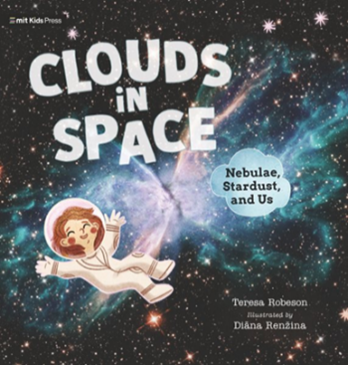
5. Keep your eyes open for topics everywhere
Be open to opportunities–they can present themselves at the least likely of times. My two most recent books came about exactly like that! I got the The Atlas Obscura Explorer’s Guide to Inventing the World because I had worked with the publishing house before and have built a fairly large STEM/STEAM platform. 3 Weeks in the Rainforest came about because I visited the Field Museum in Chicago and walked through their exhibit on the Rapid Inventory Team.
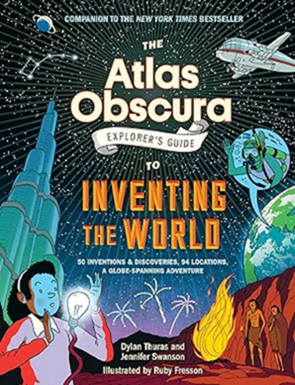
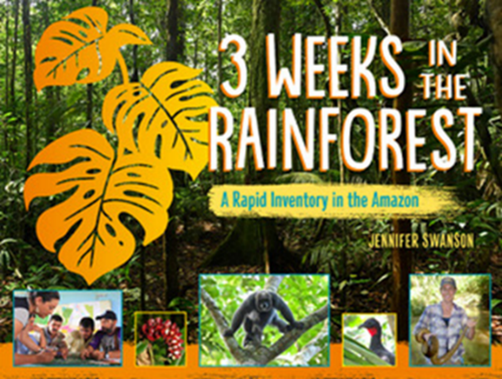
In short, be open to possiblities.
Think outside-the-box.
Read widely and do your research to see what’s out there already.
You can do it!
Jennifer Swanson has been a teacher at The Highlight Foundation for over 10 years. She is the author of 50 nonfiction books for kids, a podcaster, a former teacher, and a science communicator. You can find more about her here:
JenniferSwansonBooks.com
Solve It! for Kids podcast
STEM Tuesday
